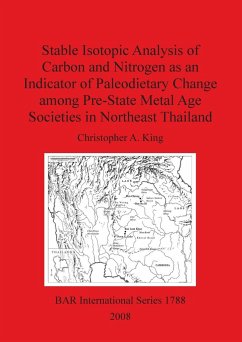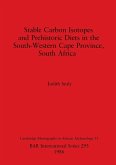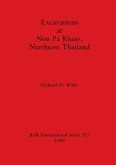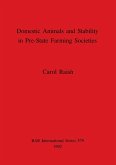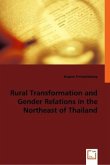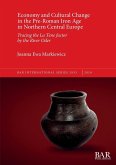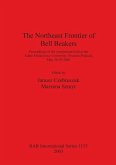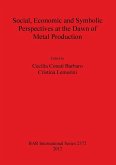Using northeast Thailand as a model, this work uses stable isotopes of carbon and nitrogen to infer paleodietary change in subtropical monsoon Asia. It is hypothesized that in northeast Thailand during the pre-state Metal Age (2000 B.C. to A.D. 500) there are distinct differences among the populations during this time period which coincide with human induced environmental changes and developments of alternative subsistence technologies. It is further hypothesized that female and male diets differed, possibly from social circumstances, such as sex related food accessibility. The archaeological skeletal series is from Ban Chiang, Ban Na Di, Ban Lum Khao, and Noen U-Loke. Stable isotope analysis of local flora and fauna provide a baseline for interpreting stable isotope data from human samples for this and future studies of paleodiet. This work makes a significant contribution to studies of subsistence changes from extensive to intensive agriculture in subtropical monsoon Asia. This research is relevant to debates of agricultural change as well as the effect of cultural changes on subsistence patterns and the evolution of human diet.
Hinweis: Dieser Artikel kann nur an eine deutsche Lieferadresse ausgeliefert werden.
Hinweis: Dieser Artikel kann nur an eine deutsche Lieferadresse ausgeliefert werden.

